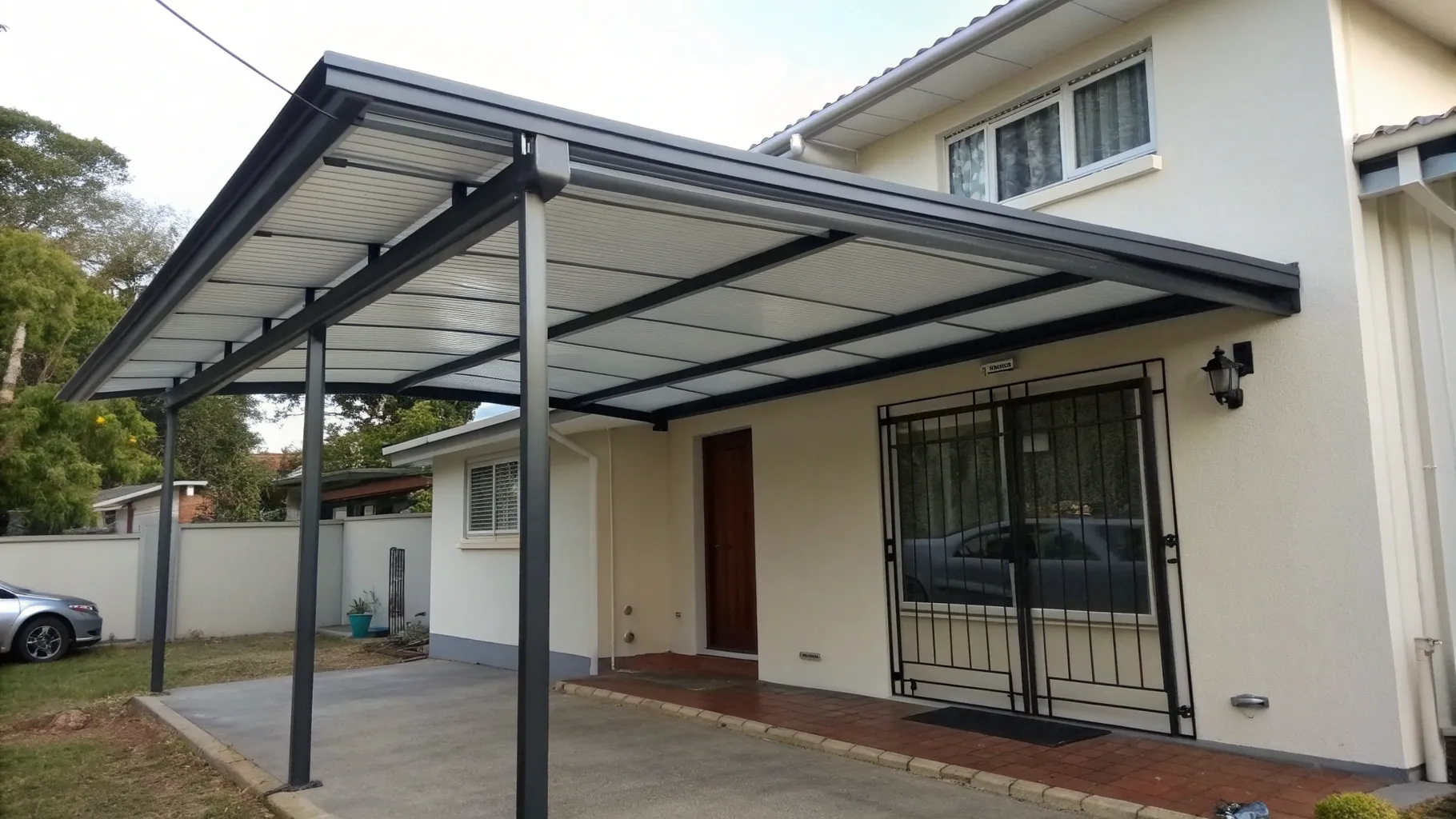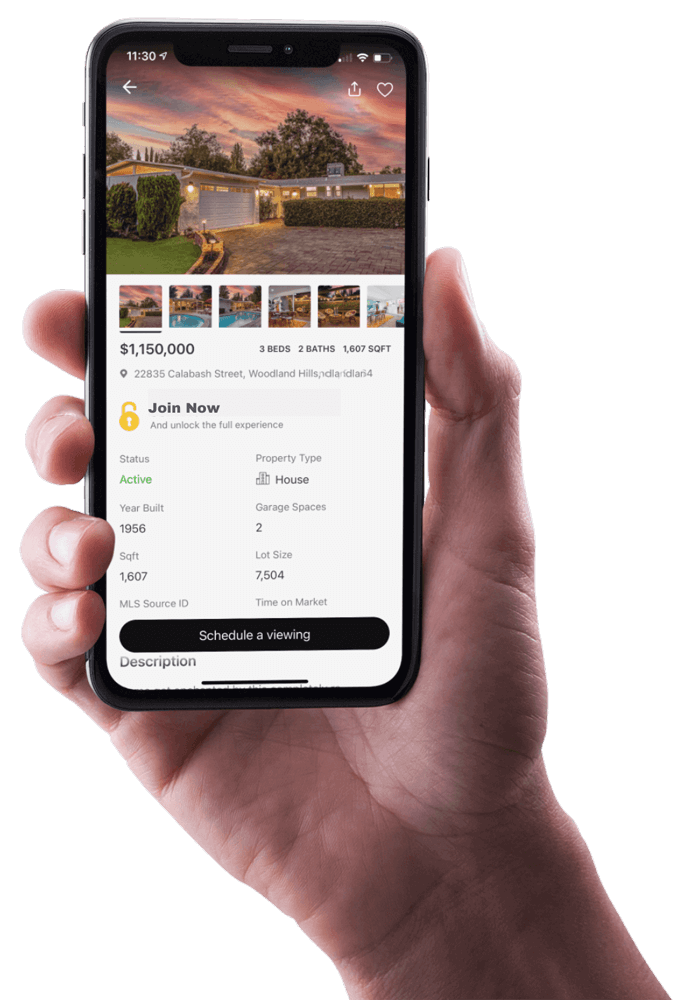
Addressing the Housing Affordability Crisis
As a resident of Utah, I've witnessed firsthand the dramatic changes in our housing market over the
past few years. The stark reality is that the majority of Utahns, an estimated 75-80%, can no longer
afford the median-priced home in our state. This is a concerning trend that has significant
implications for the future of our communities and the ability of our younger generation to achieve
the American dream of homeownership.
In September 2019, the median home price in Utah was $336,000. Just four years later, in September
2023, that figure has skyrocketed to $557,000 – a staggering increase of over $220,000. When you
factor in the current 30-year mortgage rate of over 7% and a 5% down payment, the monthly mortgage
payment for the median-priced home in Utah now stands at a daunting $3,459, excluding essential
expenses like homeowner's insurance and property taxes.
Addressing the Supply-Demand Imbalance
The root cause of this housing affordability crisis is a fundamental imbalance between supply and
demand. There simply aren't enough homes being built to meet the growing needs of Utah's population.
This has led to a highly competitive market, driving prices beyond the reach of many first time home buyers.
To address this issue, the state of Utah has set an ambitious goal of building an additional 35,000
homes over the next five years. This initiative, known as the Utah First Homes program, aims to
correct the market failure and create new opportunities for homeownership, particularly for our
younger generations.
Incentivizing New Home Construction
The Utah First Homes program is designed to incentivize the construction of new homes, rather than
simply increasing demand through various incentives. As Senate President Steuart Adams explains, "If
we just simply increase the demand, we're going to send home prices skyrocketing again. So this is
an effort to try to actually increase the number of homes, the number of first homes."
By focusing on new home construction, the program aims to expand the supply of affordable housing
options, making it more accessible for first-time buyers to achieve the dream of homeownership. This
approach is crucial, as simply increasing demand without addressing the supply-side constraints
would only exacerbate the problem, leading to further price escalation.
Diversifying Housing Options
In addition to the focus on new home construction, the Utah First Homes program also recognizes the
importance of diversifying housing options. While the primary goal is to help first-time buyers
transition from renting to owning, the program also acknowledges the value of other housing types,
such as apartments and multi-family units.
As Senator Adams notes, "We focused on apartments, we focused on multi-family housing, but to
actually rent that doesn't build equity for anyone, and I think that doesn't give people that great
American Dream, the stability of homeownership." By addressing the needs of both homebuyers and
renters, the program aims to create a more balanced and inclusive housing landscape in Utah.
Explore Utah Real Estate

5618 E SOUTH FORK RD, Provo, UT
$43,000,000
6 10 22,958 sqft
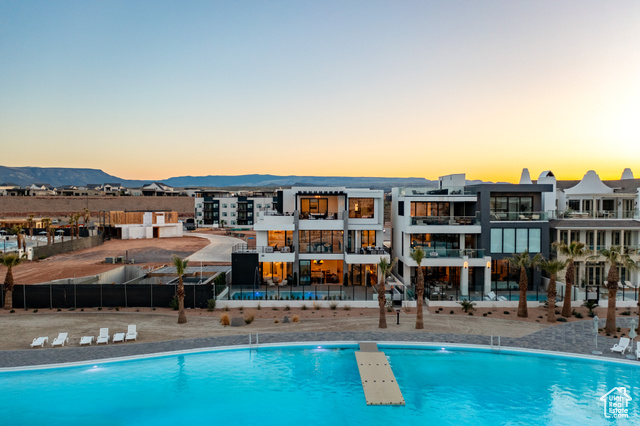
864 W SAPPHIRE SKY LN #546, St George, UT
$4,300,000
7 9 5,136 sqft
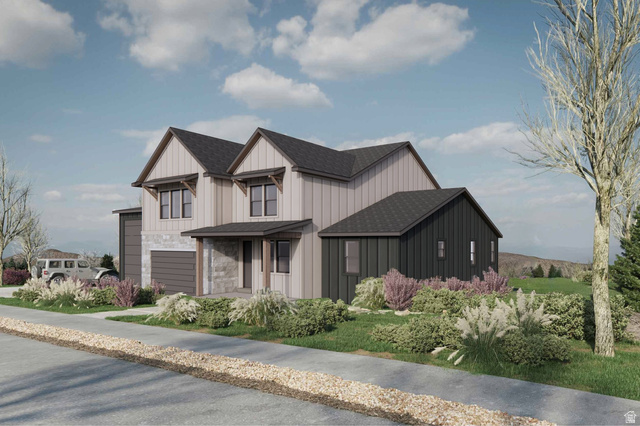
850 LAZY WAY #8, Francis, UT
$1,300,000
4 4 2,755 sqft
Navigating the Interest Rate Landscape
Another significant challenge facing Utah's housing market is the fluctuating interest rates. In the
past, historically low rates have fueled a surge in housing demand, driving prices to unsustainable
levels. Now, with the Federal Reserve's efforts to curb inflation, mortgage rates have risen to over
7%, further compounding the affordability crisis.
Economist Robert Spendlove explains the delicate balance the Federal Reserve must strike: "They don't
want those rates to drop too much, because their big fear is what drove the housing prices really
high was those ultra-low rates. And so if we get those rates coming down too much, we could see a
reheating of the housing market."
This means that finding the right balance between accessible mortgage rates and preventing another
housing bubble will be a critical factor in the future of Utah's housing market. The Utah First
Homes program's focus on increasing housing supply aims to mitigate the impact of interest rate
fluctuations, providing more options for homebuyers regardless of the prevailing market
conditions.
Empowering First-Time Homebuyers
For many Utahns, the path to homeownership has become increasingly challenging, especially for
first-time buyers. The combination of skyrocketing home prices and rising interest rates has made it
difficult for young people and families to save up for a down payment and secure a mortgage that
fits their budget.
To address this issue, the Utah First Homes program offers a $50 million incentive fund, providing
$20,000 interest-free loans to help first-time buyers with their down payment or to buy down their
interest rate. This innovative approach aims to make homeownership more accessible, giving aspiring
homeowners a much-needed boost in their quest to achieve the American dream.
However, as financial planner Shane Stewart points out, saving for that first home can still be a
daunting task. He emphasizes the importance of establishing automatic savings habits, where a
portion of one's paycheck is set aside for future home-buying expenses. By "tricking themselves"
into saving consistently, first-time buyers can better position themselves to take advantage of the
opportunities presented by programs like Utah First Homes.
More Properties You Might Like

7665 STERLING DR, Park City, UT
$6,100,000
5 6 4,975 sqft
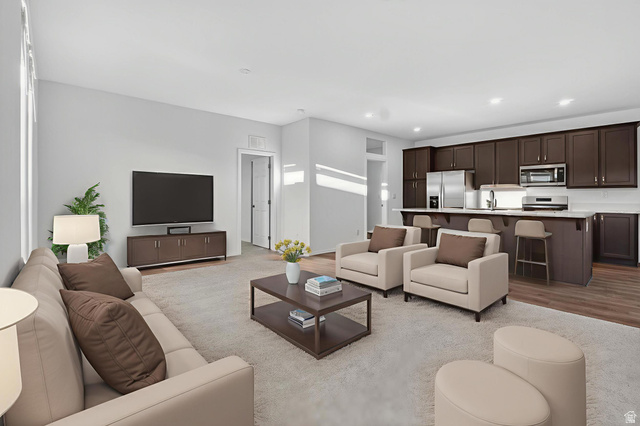
1700 W 2700 N #36, Pleasant View, UT
$230,000
4 2 2,100 sqft
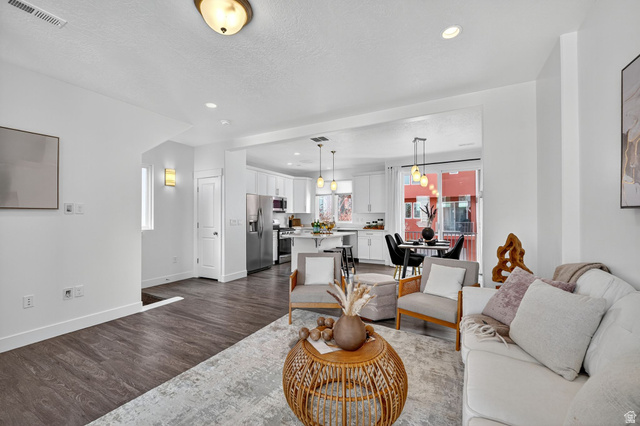
5033 W DAYBREAK PKWY, South Jordan, UT
$384,900
2 3 1,548 sqft
Embracing the Future of Utah's Housing
As we look ahead to 2024 and beyond, the future of Utah's housing market will undoubtedly be shaped
by the efforts of policymakers, industry leaders, and individual homebuyers. The challenges we face
are significant, but the state's commitment to increasing housing supply, diversifying options, and
empowering first-time buyers offers a glimmer of hope.
By addressing the root causes of the affordability crisis, investing in new home construction, and
providing innovative financial tools, Utah can work towards a more equitable and accessible housing
landscape. This, in turn, will ensure that the next generation of Utahns can continue to enjoy the
stability, equity, and community that homeownership provides.
As a professional, I remain optimistic about the future of Utah's housing market. With a
collaborative effort between policymakers, industry experts, and individual homebuyers, we can
navigate the challenges and seize the opportunities that lie ahead, ensuring that the American dream
of homeownership remains within reach for all Utahns.
If your looking for a licensed Utah real estate
agent give us a call at 435-414-8597
Related Articles:









